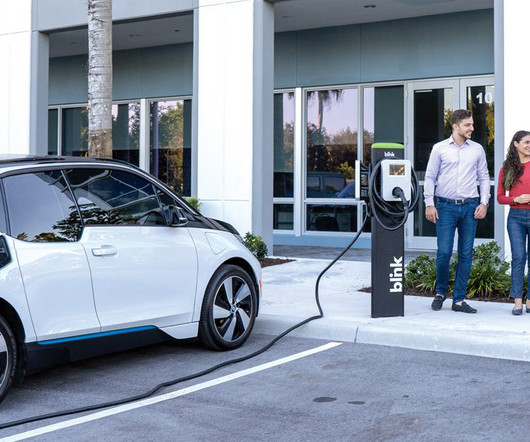DOE announces finalists of Geothermal Lithium Extraction Prize
Green Car Congress
JULY 14, 2022
Demand for lithium—a critical material used in batteries for electric vehicles, grid-scale electricity storage, phones, and laptops—has grown rapidly in recent years, with global demand expected to increase 500% by 2050. University of Utah – Team University of Utah: “Engineered Lithium Ion-Sieve Technology”.













Let's personalize your content